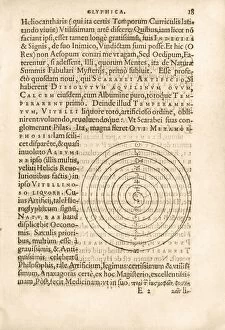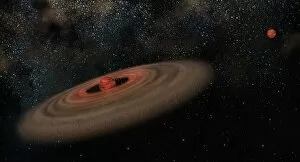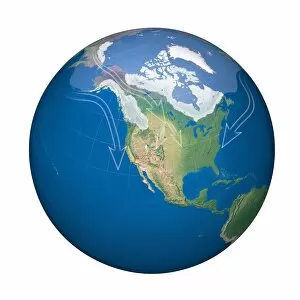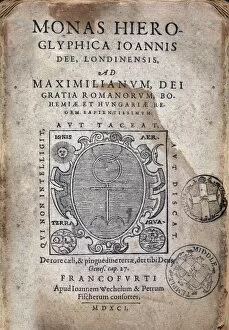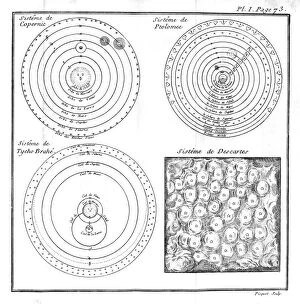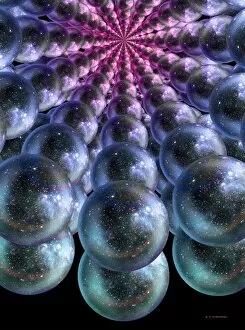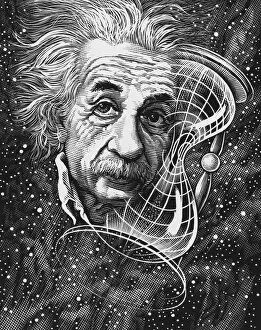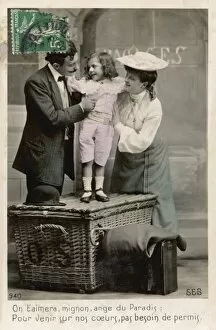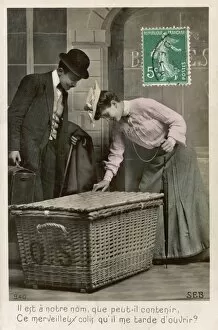Theories Collection (page 2)
"Theories: Unveiling the Mysteries of the Universe" From the tragic sinking of Lusitania to the profound impact of awful changes
All Professionally Made to Order for Quick Shipping
"Theories: Unveiling the Mysteries of the Universe" From the tragic sinking of Lusitania to the profound impact of awful changes, they have shaped our understanding of the world. James Clerk Maxwell, a brilliant Scottish physicist, revolutionized electromagnetism with his groundbreaking equations. Meanwhile, Soviet mathematician Andrei Kolmogorov laid the foundation for probability theory and Einstein's artwork captured his imaginative genius. Galileo demonstrates that knowledge is power as he challenged conventional beliefs about our place in the cosmos. A caricature portrays Albert Einstein, whose theory of relativity forever changed physics and our perception of time and space. In 1930, Einstein collaborated with Eddington in a historic moment that validated his ideas. Stephen Gould, an esteemed US paleontologist, unraveled evolutionary theories through meticulous research. Just like the enigmatic man in the iron mask playing cello in prison revealed hidden talents amidst captivity; theories often emerge from unexpected places. Astronomical diagrams from the 18th century take us on a journey through celestial wonders while reminding us how far we've come in unraveling their secrets. Delving deeper into Earth's core reveals astonishing insights into its composition and dynamics – yet another realm where theories continue to evolve and can not mere conjectures; they represent humanity's relentless pursuit of knowledge and truth. They challenge existing paradigms and pave new paths towards enlightenment. As we explore these captivating hints across history, let us embrace curiosity and celebrate those who dared to question everything for it is through theories that we unlock doors to infinite possibilities within ourselves and beyond.




